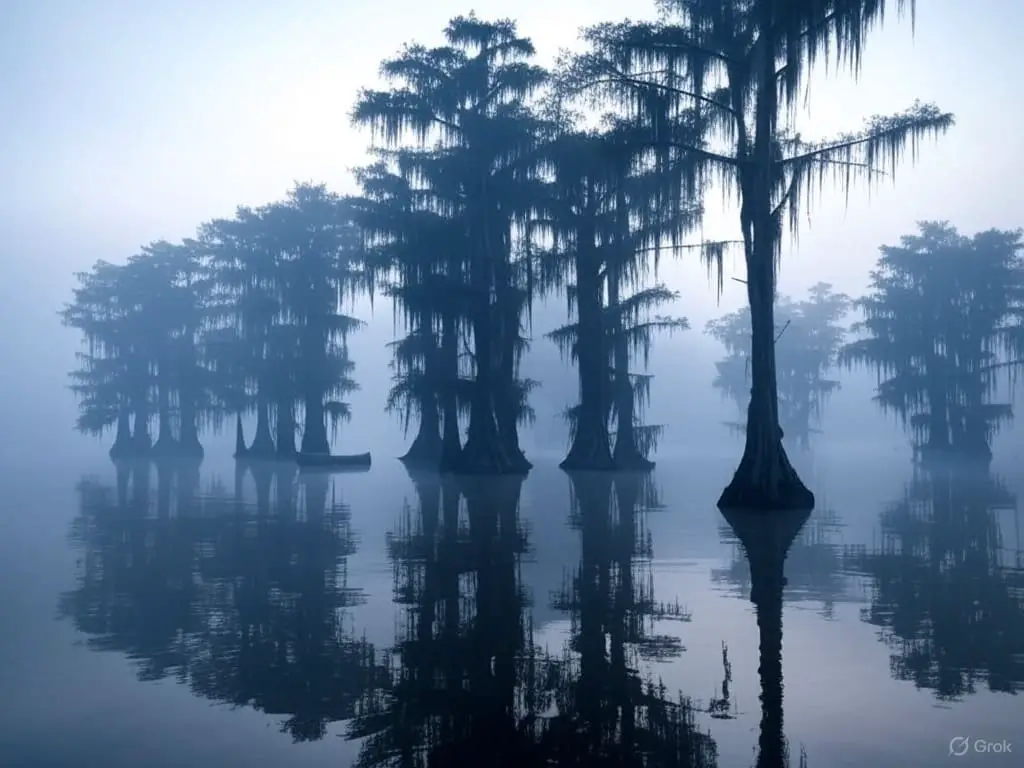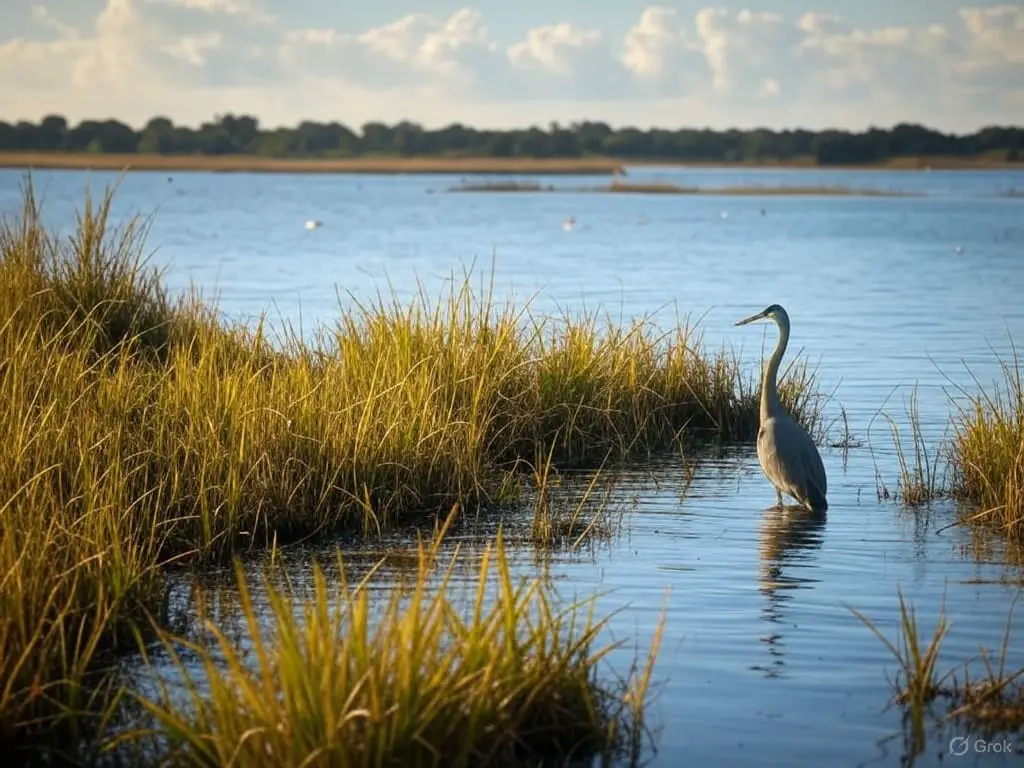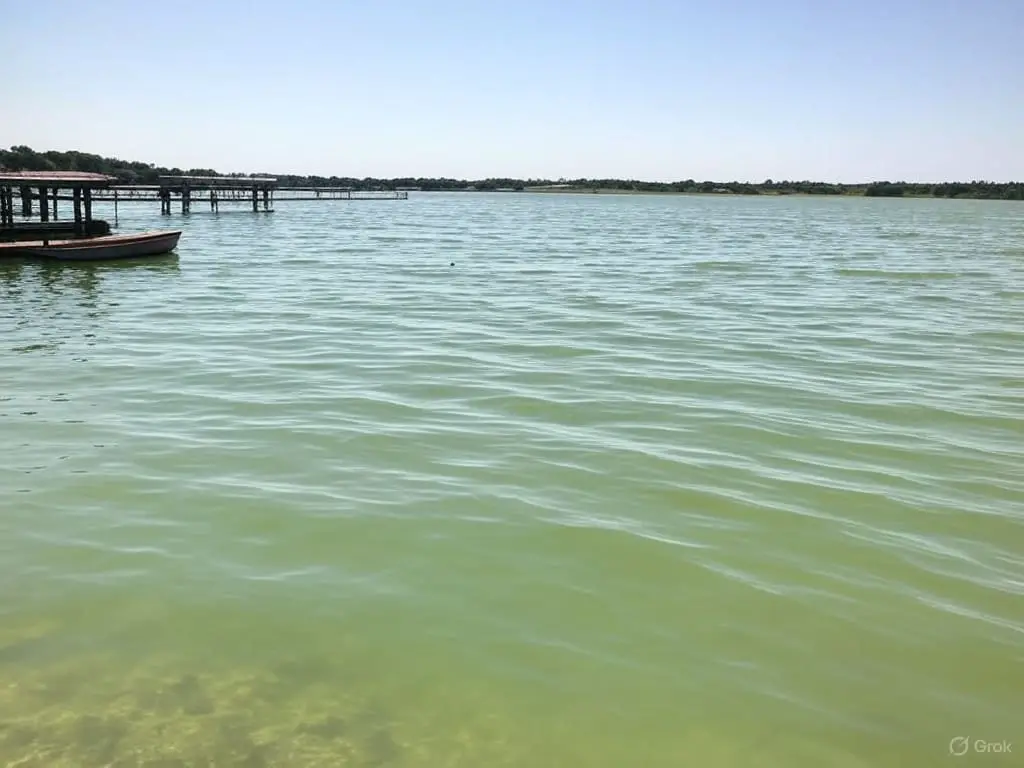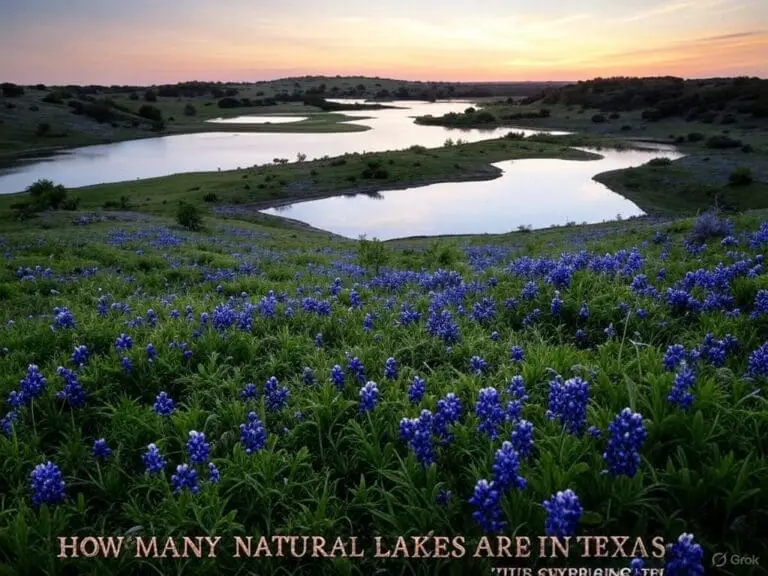Texas boasts sprawling landscapes and countless lakes, but did you know most are man-made? True natural lakes in Texas—formed by nature, not humans—are rare and fascinating. In this SEO-optimized, mobile-friendly guide, we’ll reveal how many natural lakes Texas has, where to find them, and why they’re worth exploring. Perfect for nature enthusiasts, travelers, or anyone curious about Texas natural lakes, this article is packed with facts, hyperlinks, and a handy chart to rank high on search engines and keep you hooked!
Quick Facts About Texas Natural Lakes
- Texas has 20 to 40 natural lakes, depending on how you count them.
- Most are in eastern Texas, where rainfall supports water bodies.
- Standouts include Caddo Lake, Sabine Lake, and Green Lake.
- Small ponds like resacas and playas spark debate—are they lakes?
What Makes a Lake “Natural”?
Natural lakes form through geological processes like river shifts or tectonic activity, not dams or human engineering. In Texas, they rely on rain, runoff, and groundwater, setting them apart from the state’s 7,000+ man-made reservoirs. Think of them as nature’s untouched masterpieces!
How Many Natural Lakes Does Texas Really Have?
The number of natural lakes in Texas isn’t set in stone—it’s estimated at 20 to 40. Why the range? It depends on definitions:
- Major lakes: Just 3-5, like Caddo, Sabine, and Green Lake.
- Smaller bodies: Thousands of resacas (old river channels) and playas (seasonal basins) dot the state.
Some experts, like the Brazos River Authority, argue only Caddo Lake is truly natural. Others, including the Texas Almanac, count more. For simplicity, 20 to 40 significant natural lakes is a solid estimate.
Where Are These Lakes?
Texas’s natural lakes cluster in wetter regions, especially eastern Texas. Here’s the rundown:
- Pineywoods: Home to Caddo Lake.
- Gulf Coast: Features Sabine Lake and Green Lake.
- Rio Grande Valley: Hosts resacas like Lake Anahuac.
- Southern Plains: Playas that fill after rain.
The arid west? Almost no natural lakes there—rainfall rules the game.
Top Natural Lakes in Texas You Should Know
These lakes are Texas’s natural stars. Let’s dive in:
1. Caddo Lake

- Where: Harrison and Marion Counties, near Louisiana.
- Size: 26,000 acres.
- Highlights: Stunning cypress trees, alligators, and kayaking.
- Fun Fact: Born from a logjam in the 1800s, now partly managed by dams.
- Plan a Trip: Caddo Lake State Park.
2. Sabine Lake

- Where: Jefferson County, by the Sabine River.
- Size: 34,000 acres.
- Highlights: An estuary buzzing with birds and fish.
- Activities: Fishing, crabbing, birdwatching.
- Check It Out: Sabine Woods Bird Sanctuary.
3. Green Lake

- Where: Calhoun County, near Port Lavaca.
- Size: 10,000 acres.
- Highlights: Freshwater haven in a wildlife area.
- Visit: Powderhorn Ranch State Wildlife Area.
Smaller gems like Lake Anahuac and White Lake also shine.
Why the Number Debate?
Counting natural lakes stirs up arguments:
- Narrow view: Only Caddo counts—others are altered or coastal.
- Wider view: Sabine, Green, and tons of resacas and playas qualify.
This tug-of-war keeps Texas natural lakes mysterious and exciting.
Why Care About Natural Lakes?
They’re more than pretty spots:
- Wildlife: Home to fish, birds, and rare species like paddlefish.
- Fun: Boating, fishing, and nature trails galore.
- Ecology: They balance water and climate locally.
Threats to Texas’s Natural Lakes
Challenges include:
- Pollution: Runoff from farms and cities.
- Invaders: Zebra mussels and water hyacinth.
- Climate: Droughts shrinking water levels.
Help protect them with Leave No Trace habits or support groups like the Caddo Lake Institute.
Ready to Visit?
Explore these lakes yourself:
- Caddo Lake: Boat or camp at Caddo Lake State Park.
- Sabine Lake: Spot birds at Sabine Woods.
- Green Lake: Tour Powderhorn Ranch.
At-a-Glance: Texas’s Major Natural Lakes
Here’s a mobile-friendly chart for quick reference:
| Lake | Location | Size (acres) | Standout Features |
|---|---|---|---|
| Caddo Lake | Harrison/Marion Counties | 26,000 | Cypress trees, wildlife |
| Sabine Lake | Jefferson County | 34,000 | Estuary, fishing, birds |
| Green Lake | Calhoun County | 10,000 | Freshwater, wildlife area |
Picture the Beauty
Imagine:
- Caddo Lake: Cypress silhouettes at dusk—see them here.
- Sabine Lake: Coastal calm—peek at Sabine Woods.
- Green Lake: Wildlife in action at Powderhorn Ranch.
Wrap-Up: Dive Into Texas’s Natural Wonders
From Caddo Lake’s eerie charm to Sabine Lake’s coastal vibes, Texas’s natural lakes are hidden gems waiting for you. With just 20 to 40 scattered across the state, they’re rare slices of nature’s artistry. Pack your bags, hit the road, and explore natural lakes in Texas—your adventure starts now!
